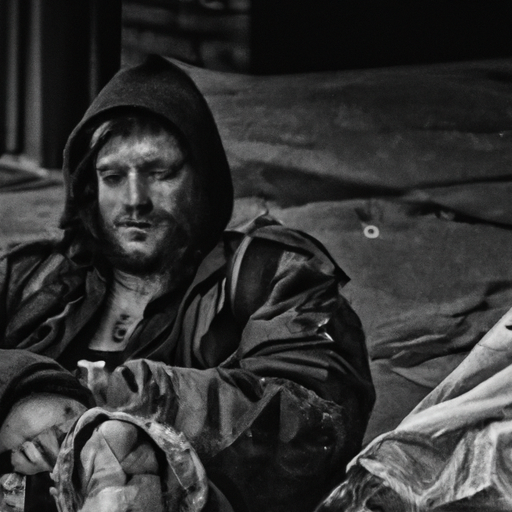Canadian Opioid Crisis: An Unseen Fight Against a Deadly Menace
The Canadian opioid crisis continues to wreak havoc across the nation, with Toronto being one of the hardest-hit cities. Increasingly, the streets are becoming a battlefield, with illicit drugs claiming more victims every day. As a recent tragic incident reported by CTV News reminds us, behind every statistic there is a personal story of loss and pain.
The Mounting Toll of Opioid-Related Deaths
The vicious cycle of addiction is fueling an increasing rate of violent crimes and accidental overdoses, primarily among the homeless population who are often the most vulnerable to the allure of opioids. As the epidemic continues to evolve rapidly, many community and civic leaders grapple with how best to combat this mounting crisis.
The Domino Effect: Opioids, Crime, and Homelessness
The intersection of opioids, homelessness, and crime is a noteworthy aspect of this crisis. Often the struggle begins with an addiction to opioids. Homelessness can often follow as jobs are lost and relationships crumble in the wake of the devastating destructive power of drugs. Ultimately, in desperation, some turn to crime to support their addiction, leading to an overall increase in crime rates.
Counteracting the Crisis: Naloxone and Beyond
Amid this grim picture, there are still glimmers of hope. For example, the widespread distribution of naloxone kits has proven an effective tool in reversing opioid overdoses. Naloxone, a potentially life-saving medication, can block or reverse the effects of opioids and has become a frontline defense for first responders dealing with overdoses.
Opioid Class Action: A Step Towards Accountability
At another level, the streets aren’t the only battleground in the war against the opioid crisis. An ongoing opioid class action lawsuit seeks to hold pharmaceutical companies accountable for their role in fuelling the opioid crisis by downplaying the addictive properties of their products.
Key Points to Note
- The opioid crisis continues to escalate across Canada, leading to an increase in overdose deaths, particularly among the homeless population.
- The crisis has sparked a surge in criminal activities as individuals struggle to finance their addictions.
- Naloxone has proven an essential tool in reversing the deadly effects of opioid overdoses.
- An ongoing opioid class action aims at holding pharmaceutical companies to account for their role in the escalation of the crisis.
Conclusion
The opioid crisis in Canada is multi-faceted, bringing to the forefront issues around homelessness, crime, and public health. Initiatives to mitigate the effects of the crisis, such as the distribution of naloxone, are welcome, but we need a more comprehensive approach, including holding accountable those who played a role in spiraling the crisis out of control. Let us continue to strive to battle this crisis, on the streets and in the fields of law, public health, and social policy until every individual struggling with addiction receives the help they need.
